- Home
- Transportation
- A Long, Rocky Road To Tesla: These Are The Electric Cars That Made It Possible
A Long, Rocky Road To Tesla: These Are The Electric Cars That Made It Possible
1896: The Hartford Electric Company sets up electric car charging infrastructure.

1897: New York City taxis get electrified.

The first commercial use of an electric vehicle was seen in 1897 when brand new electric taxis took to the streets of New York City to shuttle passengers around town.
1911: The New York Times calls the electric car "ideal."
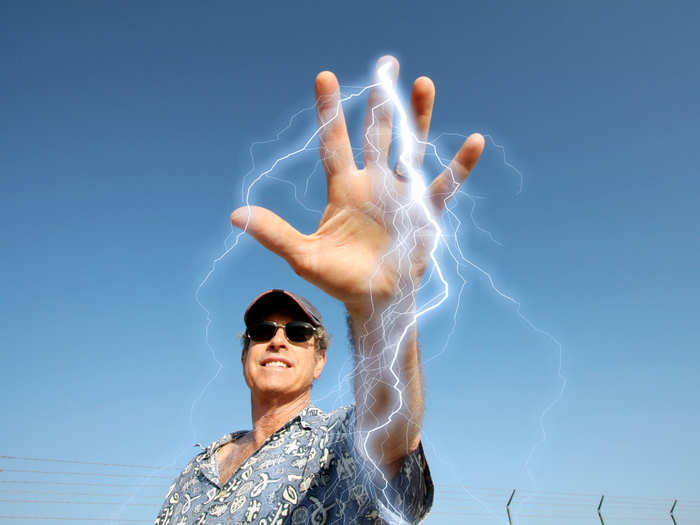
At the time, The New York Times called the electric car "ideal" because it ran cleaner, quieter, and more economically that its gas-powered counterparts. A stark contrast to some of the things the NYT has said about Tesla's cars lately.
Mid-Century: Electric vehicle technology pretty much languished at this point and went largely undeveloped until after World War II.

1959: The Henney Kilowatt turns heads but not enough for people to buy it.
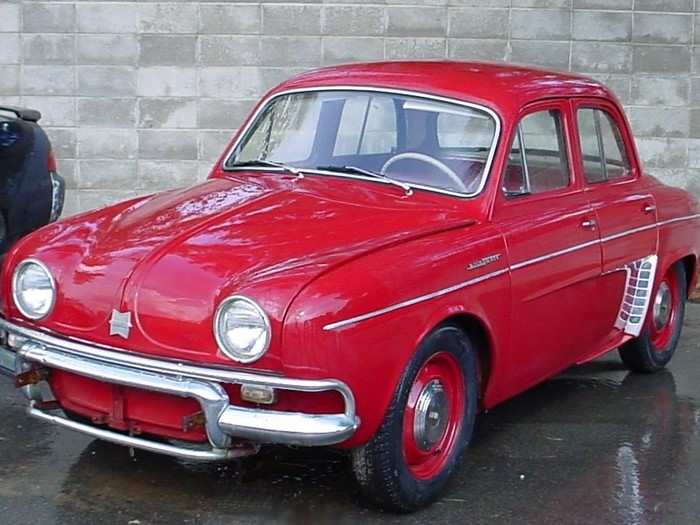
The Eureeka Company manufactured 100 Kilowatts between 1959-1960, but was only able to sell 47 of them.
Despite the lag in sales, the Kilowatt was a promising electric automobile for its time. It traveled 40 miles on a charge and hit a top speed of 40 miles per hour. The improved 1960 model pushed this to 60 miles per charge and a zippy 60 mile-per-hour top speed.
1970s onward: Assorted energy crises get people thinking about the electric car again.
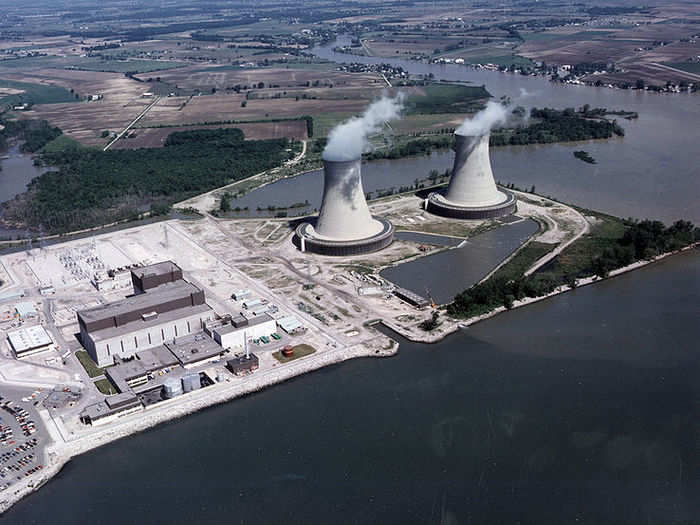
In the early 1990s, the California Air Resources Board lobbied in favor of more efficient cars that put our fewer emissions. During this time we saw a slew of manufacturers throw their hats into the electric-powered ring only to see them ultimately discontinued.
1996: The most controversial electric car ever, the EV-1, is introduced.
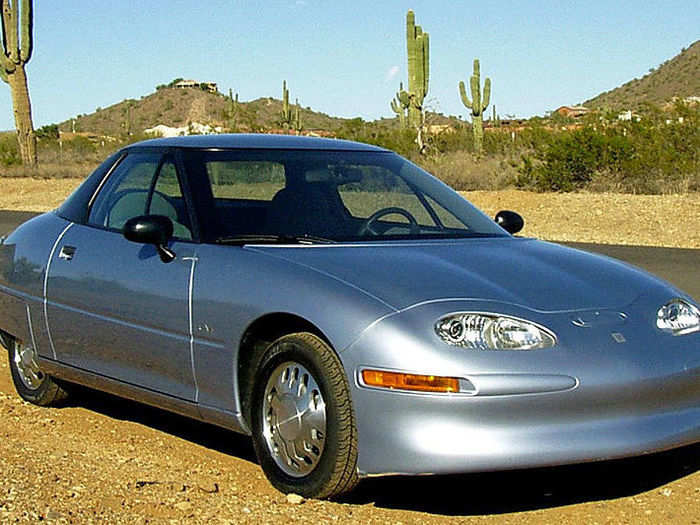
How many cars can you name that were discontinued and ended up getting a movie made about them? That's exactly what happened with General Motors EV-1. ("EV" stood for "electric vehicle.")
The documentary Who Killed The Electric Car? uses the EV-1's production cycle and ultimate discontinuation as a backdrop for investigating why we aren't seeing an emphasis on alternative-powered vehicles. The movie hints strongly that GM killed the EV-1 for political reasons, despite consumer demand, not because of a lack of it.
2011: The Mitsubishi i MiEV is the first electric car to sell more than 10,000 units.
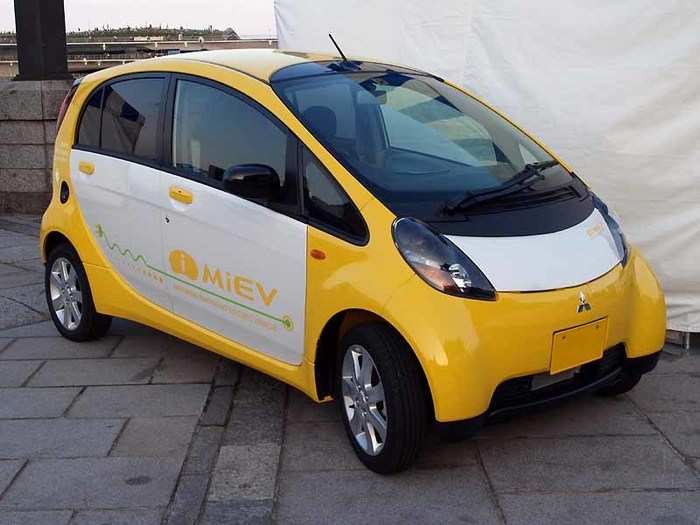
They made it official – the record is registered by Guinness World Records.
Only a few months later, the Nissan Leaf overtook the i MiEV as the best-selling all-electric car ever.
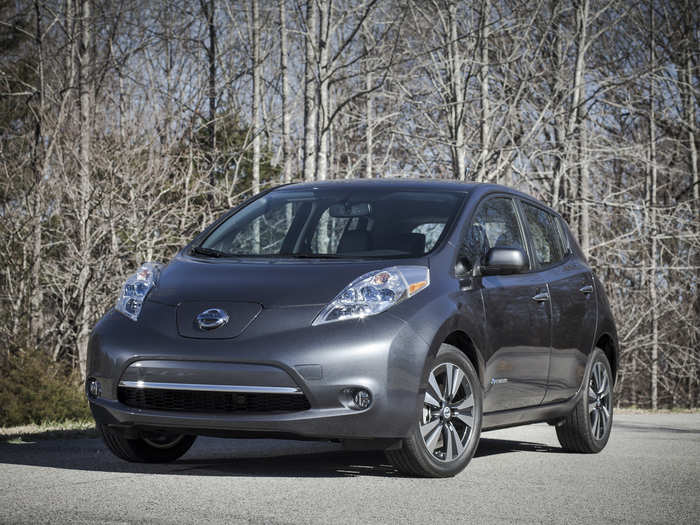
Now we're seeing a much more aggressive attempt to normalize the electric car.
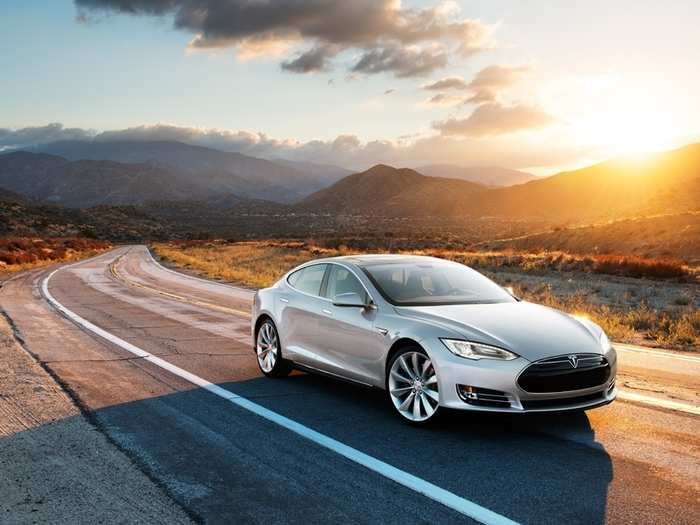
Tesla Motors' Model S evokes a classy getaway car that laughs in the face of your so-called "gasoline." With the top model tricked out, you can cover 300 miles on a single charge of its batteries. But those aren't little bunny rabbit batteries under the hood, dear – this thing crushes it from zero to sixty in 4.2 seconds before hitting a top speed of 130 miles per hour.
You use Wikipedia, but what do you really know about it?

Popular Right Now
Advertisement